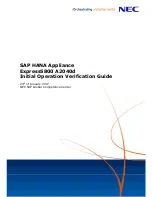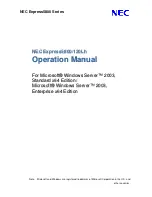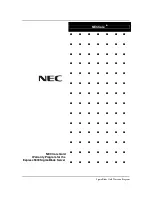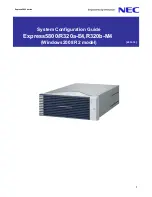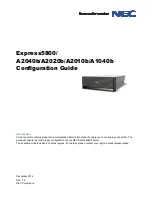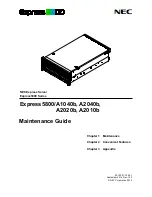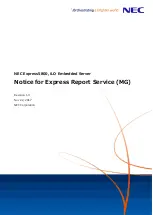
11-2
Cisco SCE 8000 10GBE Software Configuration Guide
OL-30621-02
Chapter 11 Redundancy and Failover
Redundancy and Failover
Redundancy and Failover
•
Terminology and Definitions, page 11-2
•
Redundant Topologies, page 11-2
•
•
In-line Dual Link Redundant Topology, page 11-3
•
This chapter presents the Failover and redundancy capabilities of the Cisco SCE 8000 platform. It first
defines relevant terminology, as well as pertinent theoretical aspects of the redundancy and failover
solution. It then explains specific recovery procedures for both single and dual link topologies. It also
explains specific update procedures to be used in a cascaded Cisco SCE platform deployments. When
failover is required in a deployment, a topology with two cascaded Cisco SCE 8000 platforms is used.
This cascaded solution provides both network link failover, and failover of the functionality of the Cisco
SCE platform, including updated subscriber state.
Terminology and Definitions
Following is a list of definitions of terms used in the chapter as they apply to the Cisco failover solution,
which is based on cascaded Cisco SCE platforms.
•
Failover—A situation in which the Cisco SCE platform experiences a problem that makes it
impossible for it to provide its normal functionality, and a second Cisco SCE platform device
immediately takes over for the failed Cisco SCE platform.
•
Hot standby—When two Cisco SCE platforms are deployed in a failover topology, one Cisco SCE
platform is active, while the second Cisco SCE platform is in standby, receiving from the active
Cisco SCE platform all subscriber state updates and keep alive messages.
•
Primary/Secondary—The terms Primary and Secondary refer to the default status of a particular
Cisco SCE platform. The Primary Cisco SCE Platform is active by default, while the Secondary
device is the default standby. Note that these defaults apply only when both devices are started
together. However, if the primary Cisco SCE platform fails and then recovers, it will not revert to
active status, but remains in standby status, while the secondary device remains active.
•
Subscriber state failover—A failover solution in which subscriber state is saved.
Redundant Topologies
The Cisco SCE 8000 includes SPA Interface Processor card with an internal electrical bypass module,
which provides the capability of preserving the network link in case of failure. However, preserving the
Cisco SCE platform functionality in case of a failure, requires a redundant Cisco SCE platform. Cisco
provides a unique solution for this scenario, through deploying two cascaded Cisco SCE platforms.
The cascading is implemented by connecting the two Cisco SCE platforms using two of the data links.
In each Cisco SCE platform, two of the four data interfaces are connected to each of the network links,
while the other two data interfaces are used for cascading between the Cisco SCE platforms. (See the
Cisco SCE8000 10GBE Installation and Configuration Guide
for specific cabling procedures for
redundant topologies.) The cascade ports are used for transferring network traffic, keep-alive messages
and subscriber state updates.































